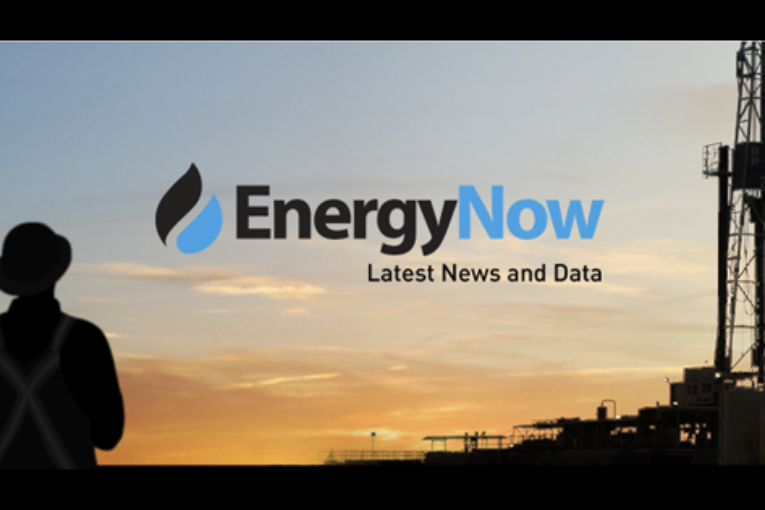
The Canadian oil industry could be in for another turbulent year in 2019, depending on how some pivotal events pan out.
Government-mandated production cuts and the potential startup of a key crude pipeline are among key developments to watch for next year. Here’s a look at each one:
Production Curtailments
While the announcement of production curtailments by Premier Rachel Notley has succeeded in lifting Canadian crude prices from record lows even before their implementation starts next month, the province’s ability to wind down that policy without crashing the market will be crucial.
The province has said it only expects the full 325,000-barrel-a-day output cut to be in place for the first three months of the year, while the amount of oil in storage is drawn down to historical levels. The government will then work to match production with transportation and storage policy, reviewing the levels every month.
Further reductions in the curtailment should come in the fall and winter as additional rail capacity comes on line, and the policy should be canceled entirely by the end of the year if Enbridge Inc.’s expanded Line 3 comes into service.
Rail Ramps Up
The province’s ability to extricate itself from the curtailment system depends partly on more rail-shipping capacity becoming available in the second half of the year.
Producers have struck contracts to ship more crude by rail next year, with Cenovus Energy Inc. announcing three-year agreements that cover about 100,000 barrels a day of capacity. Alberta also is buying rail cars that will help ship an additional 120,000 barrels a day.
Whether manufacturers and rail companies can supply all that equipment — and the people to operate it — in a timely fashion will be key to the success of those plans. The province’s plan alone will add 80 locomotives and more than 7,000 cars.
And with record amounts of crude already moving on Canada’s rails, the system’s ability to take on more shipments will be crucial. That’s far from a given as even without the increased oil shipments, Canada’s rails faced logjams earlier this year that caused stacks of wheat and canola to pile up on farms across the prairie provinces.
More Pipeline Space
The fourth quarter is when Canada’s oil patch finally expects to get a taste of relief from its perpetual pipeline woes. That’s when Enbridge’s expansion of its Line 3, which is designed to ship an additional 370,000 barrels a day from Alberta’s oil sands to a hub in Superior, Wisconsin, is expected to come into service. The timeline for other pipelines is both further out and less certain.
But even while Line 3 has all of its major regulatory approvals in hand and construction has been completed in Wisconsin and is more than halfway done in Canada, hiccups are still possible.
“They still need local permits here and there in the U.S.,” said Randy Ollenberger, an analyst at Bank of Montreal. “That could add some delays.”
Provincial Election
Alberta is scheduled to have its next provincial election on or before May 31. Notley’s center-left New Democratic Party, which broke more than four decades of conservative rule when it swept to power in 2015, will face a tough challenge holding onto control next year.
While she has been a staunch advocate for the oil industry — lobbying for pipelines, buying rail cars and plowing money into adding upgrading, refining and petrochemical capacity — she has still been criticized by United Conservative Party Leader Jason Kenney for not doing more and for implementing environmental policies like a carbon tax.
Still, oil prices are largely out of the premier’s hands, and it remains to be seen whether a change in who’s occupying the office can actually improve the industry’s fortunes.
Share This:
You can read more of the news on source



